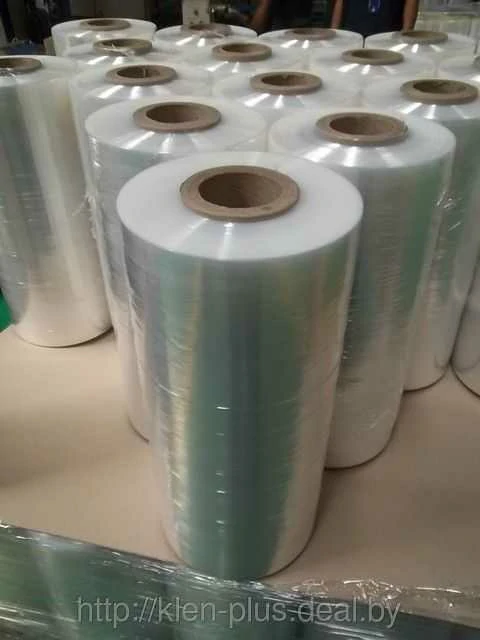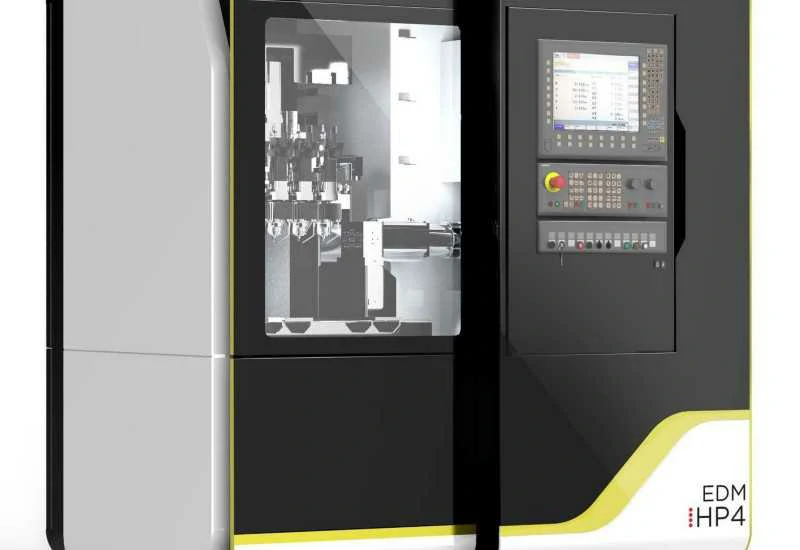Graphene Floor Heating Material Laminating Production Line
In recent years, graphene has emerged as a revolutionary material with incredible properties. It is a single layer of carbon atoms arranged in a hexagonal lattice, making it the thinnest and strongest material known to man. Graphene’s exceptional thermal conductivity has led to its widespread application in various industries, including floor heating systems. The development of a graphene floor heating material laminating production line marks a significant milestone in the production of efficient and sustainable heating solutions.
The Advantages of Graphene Floor Heating Material
Graphene floor heating material offers several distinct advantages over traditional heating systems. Firstly, its high thermal conductivity allows for rapid and even heat distribution, ensuring a comfortable living environment. Unlike conventional radiators or underfloor heating elements, graphene floor heating material does not require excessive energy consumption to achieve optimal heating efficiency.
Another advantage of graphene floor heating material is its flexibility and durability. Traditional heating systems often face challenges in adapting to irregularly shaped rooms or preventing damage from physical stress. However, graphene can be easily integrated into building materials and is not easily damaged, providing a long-lasting and maintenance-free solution for floor heating.
Additionally, graphene is an eco-friendly material. It is non-toxic and possesses excellent electrical conductivity, making it suitable for use in low-voltage floor heating systems. The efficient energy transfer of graphene floor heating can reduce energy consumption and lower carbon emissions, contributing to a greener and more sustainable future.
The Graphene Floor Heating Material Laminating Production Line
The development of a specialized production line for graphene floor heating material laminating is crucial to ensure the consistent and high-quality production of this innovative heating solution. This production line encompasses several essential steps:
- Graphene Synthesis: The production line starts with the synthesis of high-quality graphene. Different methods can be employed, such as chemical vapor deposition or mechanical exfoliation, to produce graphene flakes with specific characteristics and properties.
- Preparation of Substrate: The next step involves preparing the substrate, which is typically a polyimide film. The film is cleaned and treated to ensure proper adhesion with the graphene layer.
- Lamination Process: The graphene layer is then applied to the prepared substrate using a lamination process. This step requires precision and control to ensure uniform coverage and avoid defects or air bubbles that may affect the material’s thermal conductivity.
- Quality Control: Once the lamination process is complete, the graphene floor heating material undergoes rigorous quality control inspections. Various tests are conducted to verify its thermal conductivity, flexibility, and durability.
- Packaging and Distribution: Finally, the graphene floor heating material is packaged and ready for distribution to manufacturers or construction companies for integration into floor heating systems.
The Future of Graphene Floor Heating Material
The development of the graphene floor heating material laminating production line opens up exciting possibilities for the future of heating solutions. As the demand for energy-efficient and sustainable technologies continues to rise, graphene floor heating material is expected to play a significant role in achieving these goals.
With ongoing research and advancements in production techniques, we can anticipate even greater efficiency and lower costs in the manufacturing of graphene floor heating material. Furthermore, the integration of smart technology with graphene floor heating systems could provide users with enhanced control and energy management capabilities.
In conclusion, the graphene floor heating material laminating production line represents a significant advancement in the heating industry. Its unique properties and eco-friendly nature make it a superior alternative to traditional heating systems. As research and development in graphene technology continue to progress, we can expect further improvements in energy efficiency and sustainability, leading us towards a greener future.
.webp)



